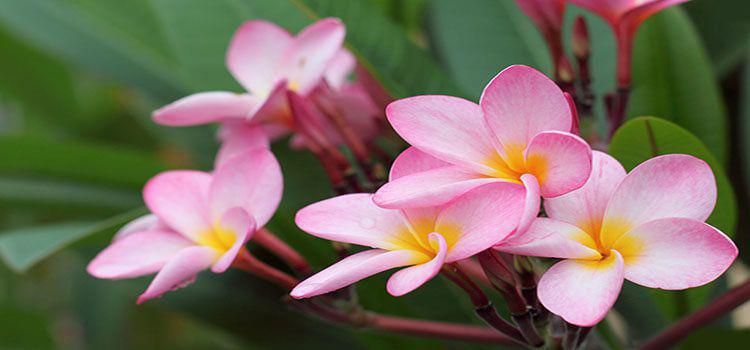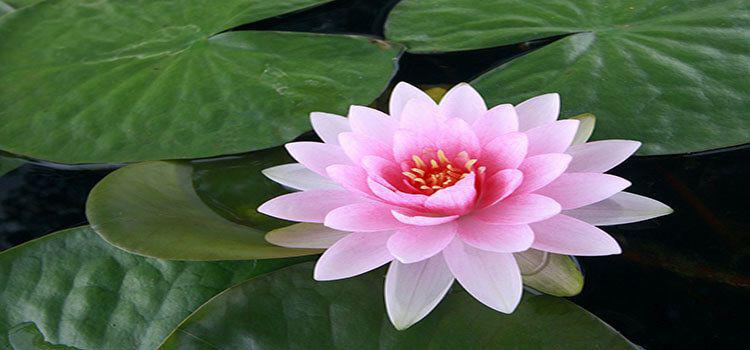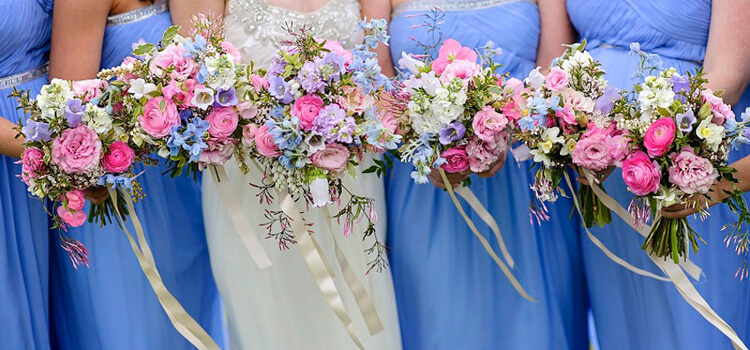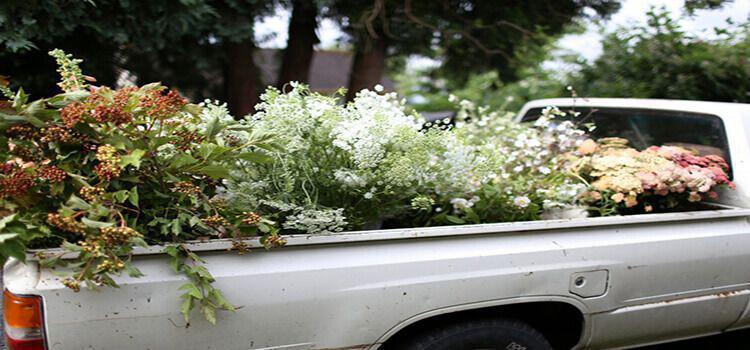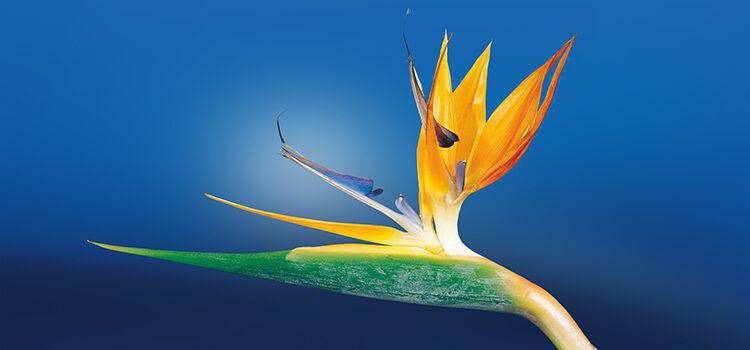Hydrangeas are very popular both as cut flowers and plants for the garden because of their big, beautiful blooms.
Plus, they smell fantastic! Just as popular in bridal bouquets as a country garden, these flowers are loved for their versatility.
Big hydrangea heads are actually many smaller blooms clustered together. The little star-shaped flowers grow along wooden stems and create a big, pompom shape.
The Meaning of Hydrangeas
The etymological meaning of hydrangea stems from the Greek words for water, hydros and jar, angos. The name comes from the constant moisture required to keep the flowers happy, healthy and blooming. In Japan, they are said to be a sign of apology or gratitude because an emperor gave them as apologies to his maidens.
Contrastingly, hydrangeas have a negative sentiment in Europe where they were used to declare arrogance. They also became synonymous with frigidity in the Medieval ages because it was believed that young women who grew them would never find husbands.
Color Meanings:
- Pink – love, sincere emotions
- Blue – forgiveness, regret and rejection
- White – purity, grace, abundance and bragging
- Purple – abundance, wealth and royalty
The History of Hydrangeas
The hydrangea was first cultivated in Japan, but ancient hydrangea fossils dating back to 40-65 million years ago have been discovered in North America. Hydrangeas didn’t appear in Europe until 1736 when a colonist brought a North American varietal to England.
Hydrangeas are primarily used for landscaping because their petals contain low levels of cyanide, making them unfit for consumption. The exception is hydrangea serrata which Buddhists drink in a sweet tea as part of a cleansing ritual. The tea is said to help treat autoimmune disorders as well as malaria, kidney stones and enlarged prostate.

